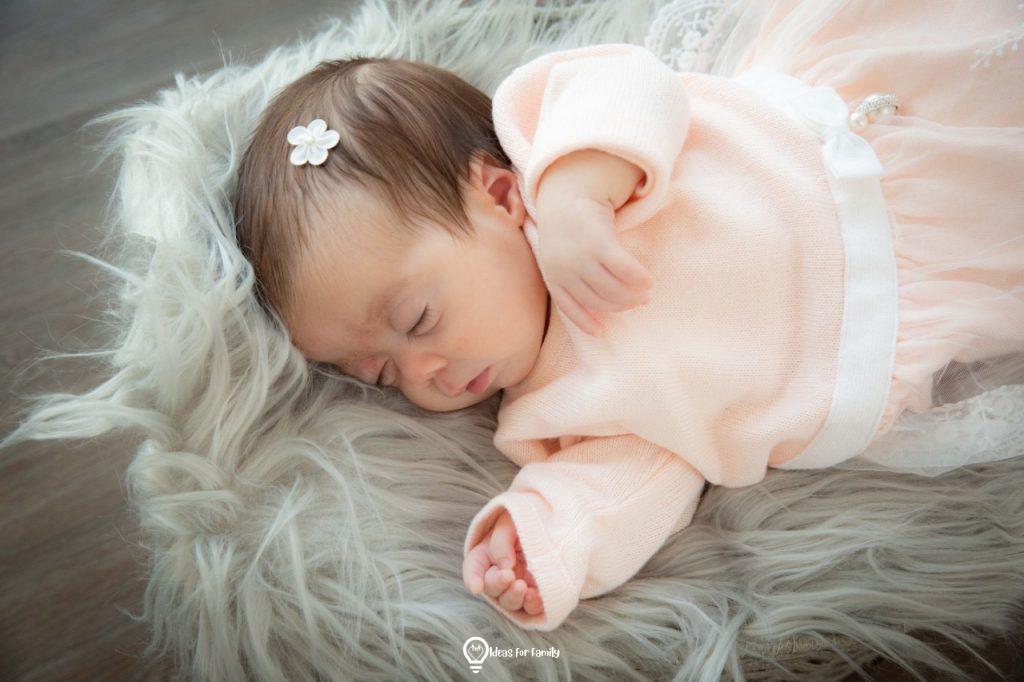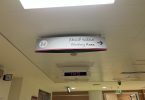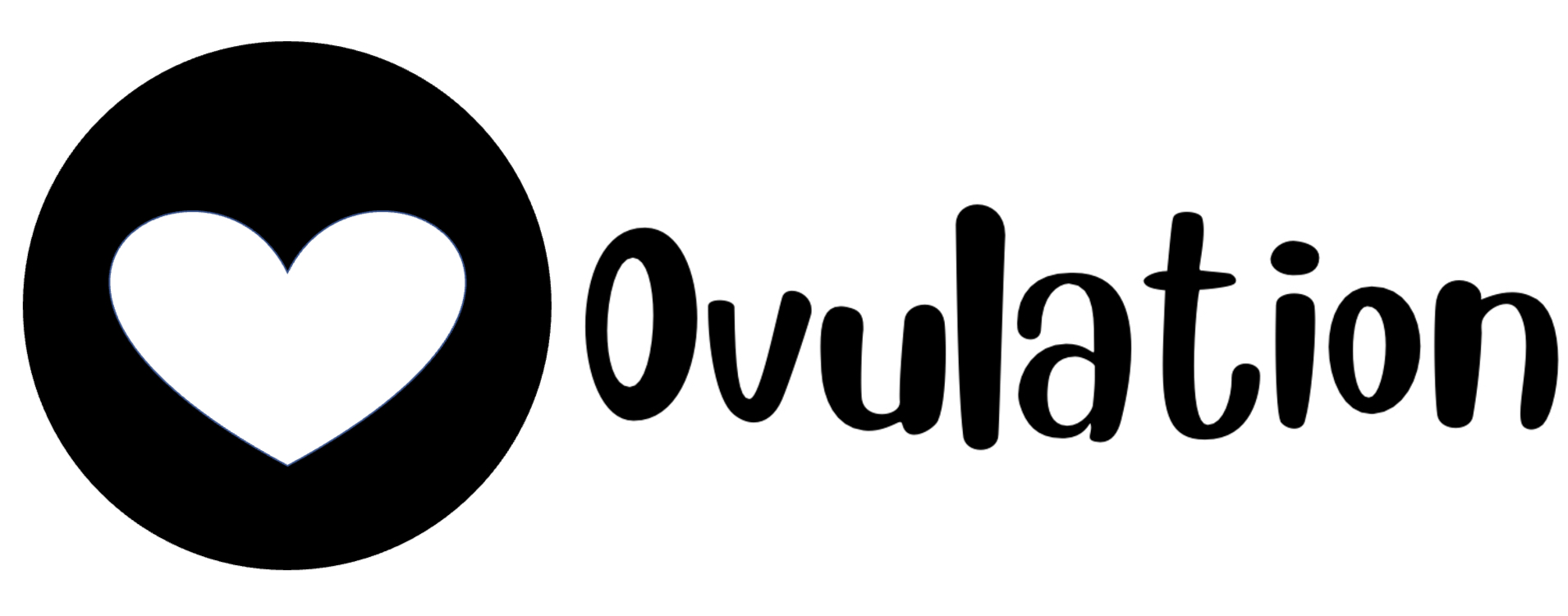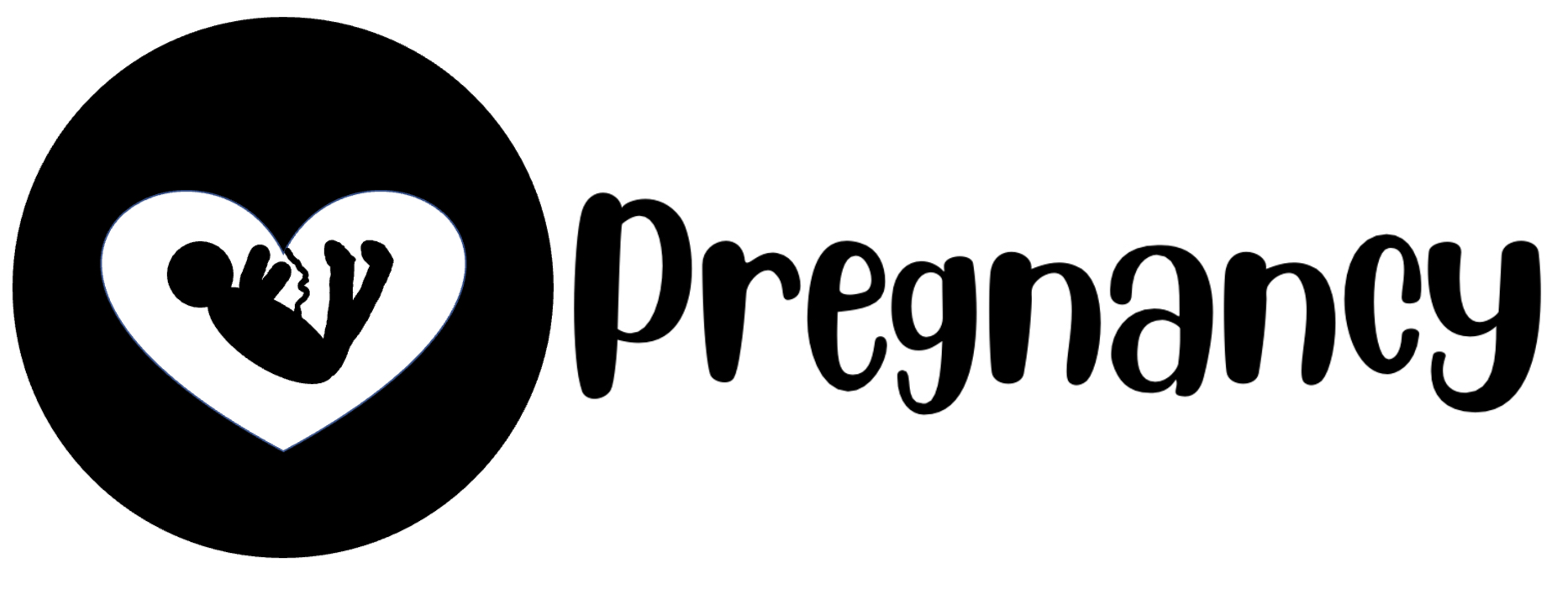We joined the signs and symptoms that we found in the mentioned reliable references for Kniest Syndrome and they tell it could be:

In 100% of the cases:
- Abnormal cartilage collagen;
Between 80% to 99% of the cases:
- Bell-shaped thorax;
- Degenerative vitreoretinopathy;
- Delayed epiphyseal ossification;
- Depressed nasal bridge;
- Enlarged joints;
- Flexion contracture of finger;
- High myopia;
- Joint stiffness;
- Keratan Sulfate excretion in urine;
- Proptosis;
- Round face;
30% to 79% of people have these symptoms:
- Abnormality of the epiphysis of the femoral head: abnormality of the end part of the innermost thighbone;
- Aplasia/hypoplasia of extremities: absent or small extremities;
- Aplasia/hipoplasia of the lens: absent or small lens;
- Arthropathy: disease of the joints;
- Cervical spine instability
- Cleft palate: cleft roof of mouth;
- Disproportionate short-trunk short stature: dwarfism;
- Enlarged epiphyses: large end part of bone;
- Enlarged metaphyses: enlarged wide portion of a long bone;
- Hearing impairment: deafness;
- Hypoplasia of odontoid process;
- Lattice retinal degeneration;
- Platyspondyly: flattened vertebrae
- Rhegmatogenous retinal detachment;
- Short long bone: long bone shortening;
- Short thorax: shorter between neck and abdomen;
In 5% to 29% of the cases:
- Anterior vertebral fusion;
- Bilateral ptosis: dropping of both upper eyelids;
- Cataract: clouding of the lens of the eye;
- Coronal cleft vertebrae;
- Delayed patellar ossification;
- Dumpbell-shaped femur (thighbone);
- Erythematous plaque;
- Fused cervical vertebrae (fused neck);
- Lens luxation: dislocated lens;
- Pierre-Robin sequence;
- Short neck: decreased length of neck;
- Vertebral wedging: wedge-shaped vertebrae;
1% to 4% of the cases have those symptoms:
- Laryngotracheomalacia;
- Macrocephaly: increased size of skull;
- spinal cord compression: pressure on spinal cord;
Other symptoms that could appear, but without the percentage by HPO:
- Autosomal dominantinheritance;
- Conductive hearing impairment (conductive deafness);
- Coxa vara;
- Dumbbell-shaped long bone
- Flared metaphysis;
- Flattened, squared-off epiphyses of tubular bones;
- Gait disturbance: abnormal gait;
- Hip contracture;
- Hip dislocation: dislocated hips;
- Hypoplastic pelvis;
- Inguinal hernia: in which an internal organ bulges through an opening into the abdomen;
- Lumbar kyphoscoliosis;
- Malar flattening;
- Midface retrusion;
- Motor delay;
- Myopia: close sighted;
- Recurrent otitis media: recurrent middle ear infection;
- Respiratory distress: breathing difficulties;
- Retinal detachment: detached retina;
- Splayed epiphyses: splayed end part of bone;
- Tracheomalacia: floppy windpipe;
- Umbilical hernia;
- Scoliosis
- Shortened body trunk, making the child appear barrel-chested;
- Swollen, stiff or deformed joints that prevent full movement (particularly knees and elbows);
- Hip dysplasia, in which the two hip joints are misaligned or crooked;
- Brittle bone cartilage that is weakened by small holes making the cartilage look like Swiss cheese on X-rays;
- Foot deformities, including clubfoot;
- Round, flat face with bulging or wide-set eyes;
- Respiratory issues;
- Arms and legs: At birth, short limbs compared to the torso. The proportions change as trunk shortens and becomes kyphotic;
- Rhizomelic shortening of the limbs; Knock-knees; Flat feet; Widened joints in the arms and legs, oftentimes with painful contractures and limited motion;
- Trunk, chest and spine: short trunk with progressive kyphoscoliosis and lumbar lordosis;
This article is not a medical article and can not be used as a medical advice.We are just trying to gather information to make your life easier. Please also check our bibliography references and talk with your doctor.
This lovely picture was done by Nicki Naude.
Ideas for Family
References:
- https://www.nemours.org/services/kniest-dysplasia/about-kniest-dysplasia.html
- https://hpo.jax.org/app/browse/search?q=Kniest&navFilter=all
- https://rarediseases.org/rare-diseases/kniest-dysplasia/#symptoms
- https://www.hopkinsmedicine.org/health/conditions-and-diseases/kneist-syndrome
- https://www.chop.edu/conditions-diseases/kniest-dysplasia





